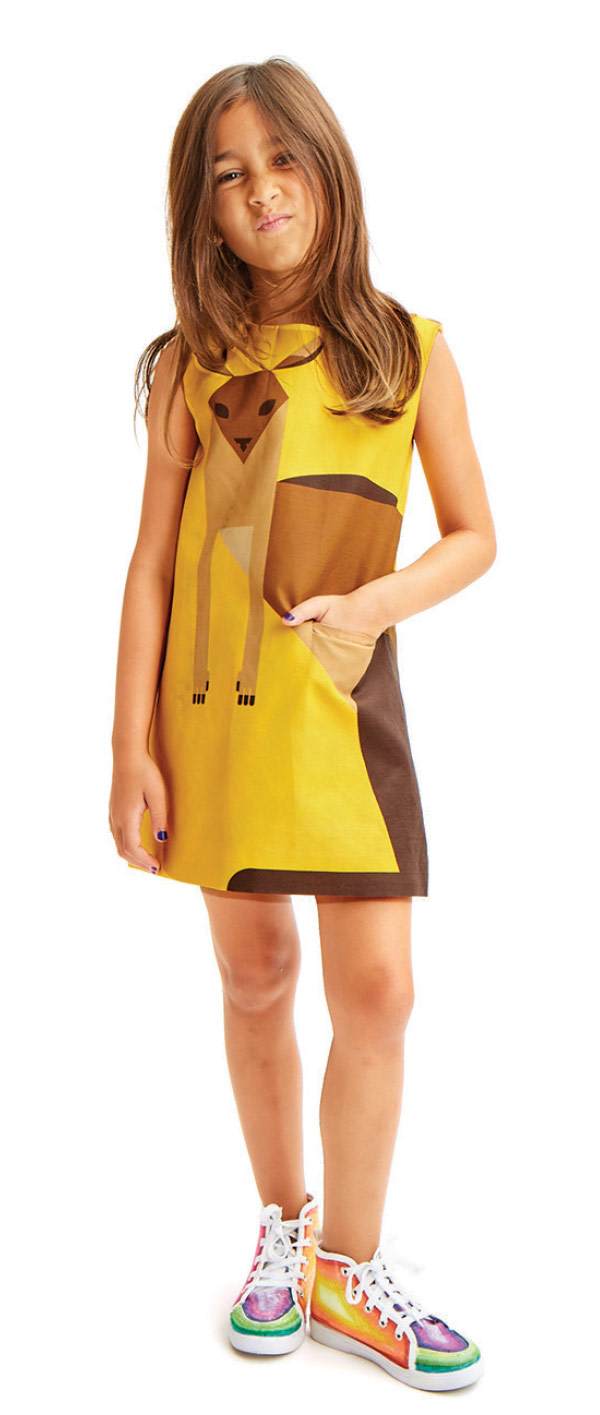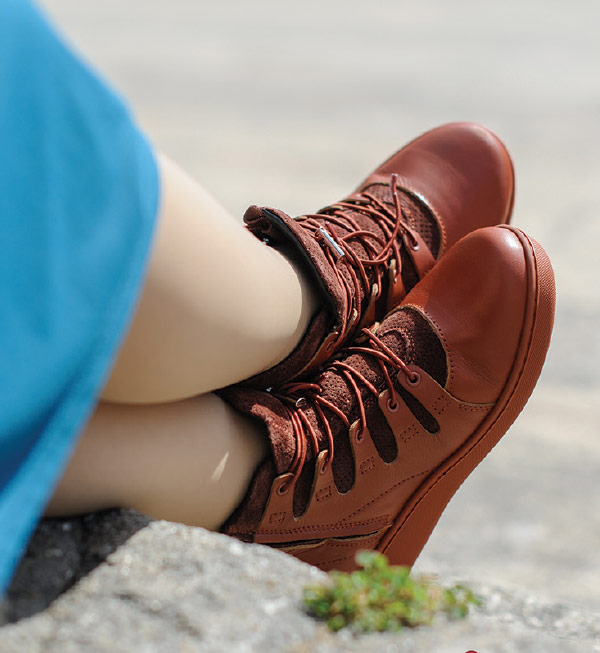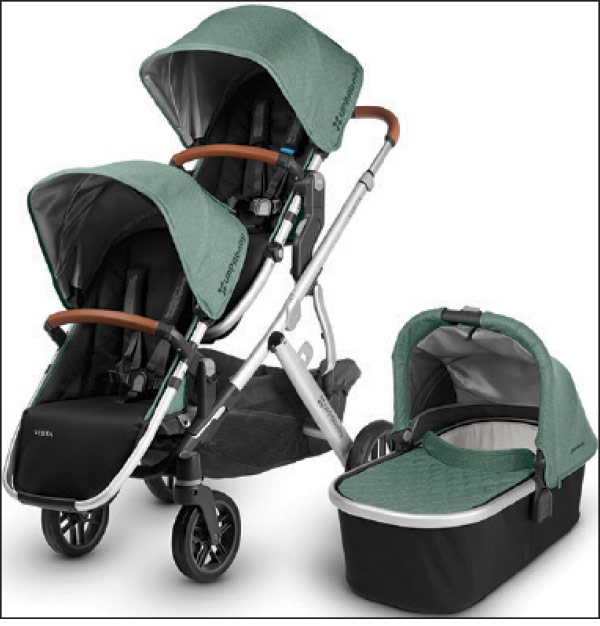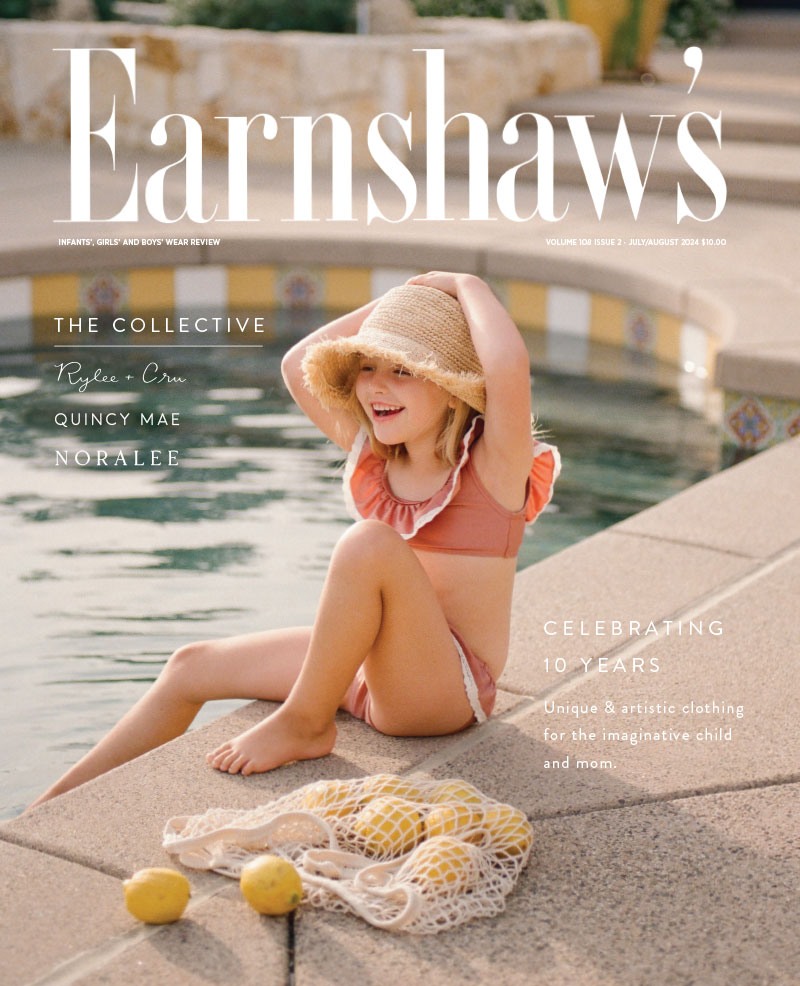Kid Made Modern Goes Digital Known for its bright colors and bold designs in apparel and crafts, Kid Made Modern (KMM) is transitioning into the digital age with custom, on-demand video and digital content. “It was time to bring the brand to life and talk about creativity and self-expression using video,” says CEO Brian Richards. […]
 Kid Made Modern Goes Digital
Kid Made Modern Goes Digital
Known for its bright colors and bold designs in apparel and crafts, Kid Made Modern (KMM) is transitioning into the digital age with custom, on-demand video and digital content. “It was time to bring the brand to life and talk about creativity and self-expression using video,” says CEO Brian Richards. He cites a number of companies, not just for kids, that have introduced various concepts to close the circle between commerce and content. “The category that we are in—creativity—lends itself exceptionally well to tying that circle through video,” he adds.
KMM’s in-house team tells stories while advertising product through sizzle reels, kit demos and instructional videos, using colorful pom-poms and wooden models to create aliens in an intergalactic battle. Richards says the addition of video to the brand’s platform was a natural progression for a fashion company looking to embrace the digital age with the goal of educating and inspiring kids to be themselves. “Our media, as it involves clothing, is all a part of educating kids about what they wear and how it can be the way they express what and who they are,” he says.
So far, Richards reports, the videos have been a hit with customers, boosting sales online and in stores. “When the products are brought to life through video, it drives sales which is why we’re doing more and more now,” he says, adding that retailers have asked for video to accompany KMM products being sold in their stores. “They see what we’ve done on our site and want us to make videos for them?’” Richards says. “It’s very exciting!”
 A Swell Idea
A Swell Idea
With many expectant moms suffering from foot and ankle swelling, the German startup Pregnidos has designed what it claims to be the world’s first collection of pregnancy shoes aimed at providing relief. The brand’s easy on/off bungee closure system allows for a customized fit, while the removable footbed, rounded toe box and moderate wedge are designed to offer maximum comfort and relieve back pain.
“The footwear market offers no real options for pregnancy, so expectant moms have to buy shoes in bigger sizes or even men’s shoes in order to accommodate their swollen feet,” says Cristian Diaconu, founder of Pregnidos. “We value comfort, function and style in our shoes and want to bring our contribution to the pregnant women maintaining an active lifestyle up to the end of their pregnancy and beyond.”
Handmade of natural materials in a traditional factory in Portugal, the line features anti-slip rubber soles for added safety. The Spring ’19 collection (suggested retail is $175) is available for retailers to order now. Contact: hello@pregnidos.de.

Uppa Baby Vista
Retailers Get in Gear
Baby gear sales are on a roll! Although Millennial moms are rumored to be shopping with a strict budget, it’s not uncommon for parents to drop $1,000 when it comes to a stroller and car seat combination. Safety is nothing to scrimp on.
“That purchase is typically made in tandem because of the relationship between the seat and stroller,” says Dave Brodsky, owner of Berg’s Baby & Teen Furniture, noting Uppa Baby and Nuna as best-selling brands of late. He’s also looking forward to Peg Perego’s new Agio collection that offers unique features like anti-rebound bars and additional load legs on its car seat.
Phil Fairey, vice president of Baby Furniture Plus Kids, has noticed an increase in expandable double strollers. “Most parents are waiting quite a bit longer to start families,” he says. “As a result, they’re planning on multiple children over the course of three to four years, making expandable doubles a primary purchase during the first child.” He also cites the Uppa Baby Vista as a popular model in his stores.
“Hybrid strollers are by far the trendiest,” agrees Eli Gurock, owner of Magic Beans, explaining that they give parents the opportunity to install the seat forward or backward, as well as interchange with a car seat or bassinet. “Parents often will buy a full-sized stroller, as well as a lightweight option,” he says, noting the Uppa Baby Vista as a No. 1 seller, as well as the Nuna MIXX2. “Immi Go—the booster seat with straps on it—has also been very popular for us,” he adds.
For retailers looking to add gear to their mix, Gurock advises to stock with caution. “In the world of Amazon, the customer wants it now,” he says. “They don’t want to wait even one week.” He recommends stocking everything, if possible—no drop shipping or special ordering. “If you don’t stock stuff, you’re not going to be a successful brick-and-mortar retailer today,” he warns. “The risk of a customer not leaving with their desired purchase is too great.”
Brodsky believes it’s worth the investment risk, and that’s despite the stroller and car seat category having a rap for being difficult to make good margins on. However, he says if buyers know their customers well, are selective in their purchases and build strong relationships with vendors they can trust, the category can deliver strong returns. “Many retailers have dropped the category over the past decade,” he says. “It’s a new day, and there are definitely opportunities where you can be successful.”



Leave a Comment: